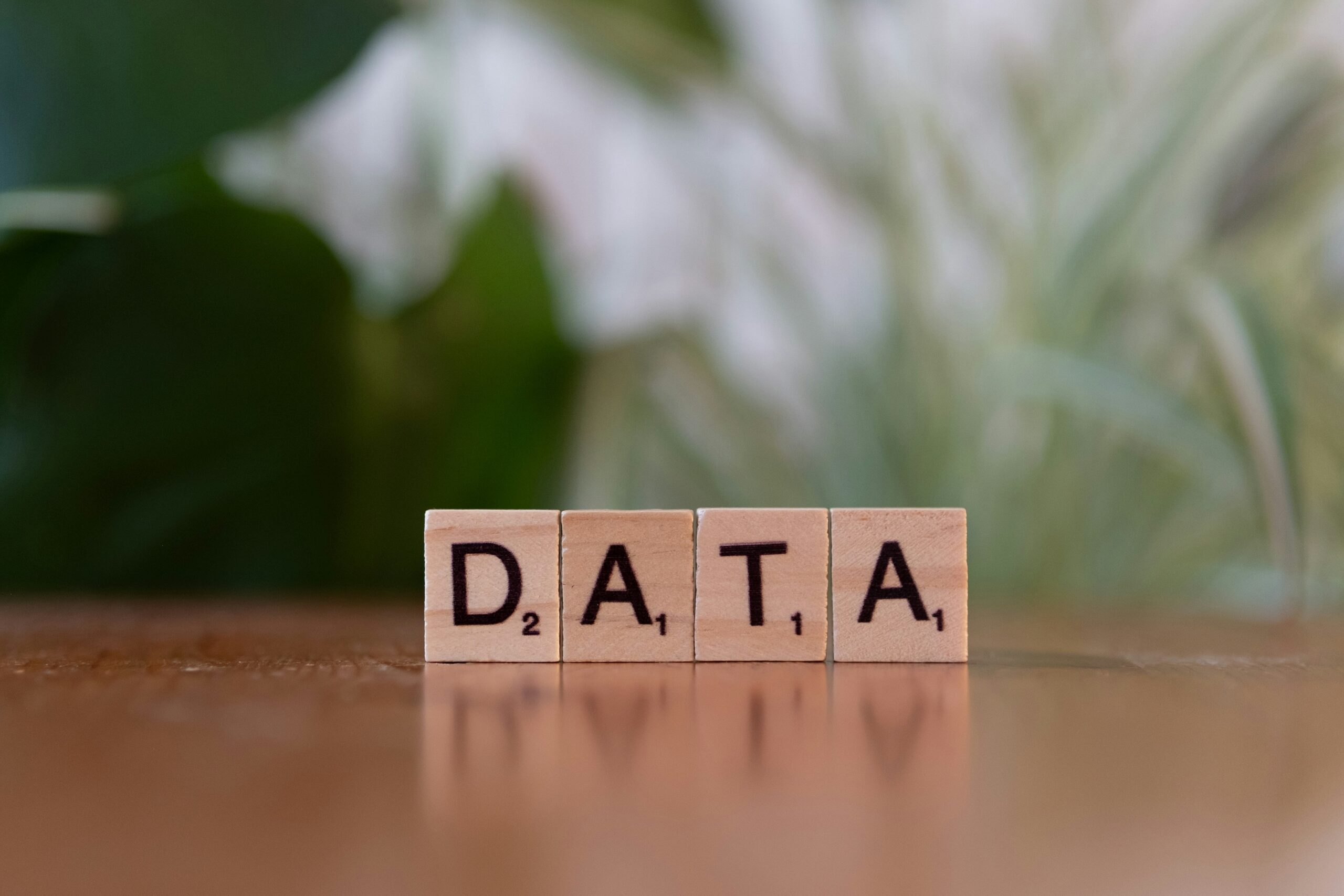-
Follow me on my journey…
Why I’m transitioning from Humanities to Data Analytics
When people think about data analytics, they often picture someone with a background in engineering, math, or computer science—someone fluent in numbers, models, and code. I, on the other hand, studied musicology and sinology: two disciplines rooted in interpretation, history, and culture. In both fields, certainty is rare. There’s rarely a single ”correct” answer—only more or less convincing interpretations, grounded in context.
For a long time, I never imagined myself working with data. Not because I was bad at math—on the contrary, I’ve always been good with numbers. But I associated mathematics with abstract problems, detached from the kinds of human questions I cared about. I didn’t see its purpose. I was drawn instead to the richness of language, history, and culture—areas where meaning is always nuanced and fluid.
From Interpretation to Analytics: A Shift in Medium, Not in Mindset
Sinology, especially when it comes to classical Chinese, trains you to think in terms of meaning fields rather than fixed definitions. Chinese grammar can be vague; what a sentence ”means” depends on context, tone, and historical layers. Translating a classical text often feels more like educated guessing than solving a puzzle. You’re not just decoding words—you’re interpreting worlds.
Musicology, in turn, sharpens your sensitivity to structure, pattern, emotion, and history—to how meaning is created across time and through form. Both disciplines demand analytical thinking—but not in the rigid, formulaic sense. They teach you to sit with ambiguity, to notice what others overlook, and to question surface-level interpretations.
And that’s exactly what I’m starting to realize about data.
Why Data Analytics?
I’m drawn to data analytics not because I suddenly became a ”tech person,” but because I started to see something deeper: that working with data is not just about crunching numbers—it’s about asking the right questions, and just as importantly, about noticing what’s missing.
There’s a moment in many classical Chinese paintings where the most striking element—the moon, for example—isn’t painted at all. It’s left blank, spared out by the brushstrokes around it. You see it not because it’s there, but because everything else suggests its presence. That’s exactly how I’ve come to see data: the most meaningful insights are often in the gaps, in what’s obscured, unmeasured, or assumed.
In that sense, data analysis is not just technical work. It’s interpretive. Contextual. Philosophical, even.
As someone trained to think about meaning, silence, ambiguity, and structure, I realized: I already know how to do this. The medium has changed—but the mindset is familiar.
I Was Never Afraid of Math – But I Wanted Meaning
Back in school, I had an experience that left a deep impression on me. Our math teacher wanted to spark our interest in studying mathematics at university, so he invited a professor whose field of expertise was theoretical knot theory—the abstract mathematical study of how knots can be untangled or categorized.
This professor told us an anecdote: he had once been recognized by name at a conference—not because someone had seen his face, but because they had noticed his notebook. It was filled with drawings of knots. That’s how they knew who he was.
I could barely suppress my laughter. And I remember thinking: I never want to become that.
Not because I disliked math—it actually came easily to me—but because I couldn’t see the point. I didn’t want to spend my life solving abstract problems in a vacuum. I was looking for meaning, for context, for something that connected to the world.
Only much later did I begin to see how mathematics—and data—could be tools for exactly that kind of connection.
Who This Blog Is For
This blog is for anyone coming from a background like mine—where uncertainty is familiar, where meaning is debated, and where knowledge is constructed rather than just “discovered.” If you’ve ever felt that data isn’t “your language,” I hope my journey shows that it can be—especially when you bring your own way of thinking to it.
I’ll be sharing what I learn as I go: the tools, the concepts, the frustrations, and the “aha” moments. My goal isn’t to become a data scientist overnight. It’s to build a bridge—between my humanities training and the data-driven world I’m entering.
What’s Next? In my next post, I’ll explore what “data analytics” actually means, and why it’s not just for tech experts or math geniuses. It’s for thinkers, translators, interpreters—people who are comfortable working with questions that don’t always have clear answers.
-
Follow me on my journey…

Why I’m transitioning from Humanities to Data Analytics
When people think about data analytics, they often picture someone with a background in engineering, math, or computer science—someone fluent in numbers, models, and code. I, on the other hand, studied musicology and sinology: two disciplines rooted in interpretation, history, and culture. In both fields, certainty is rare. There’s rarely a single ”correct” answer—only more or less convincing interpretations, grounded in context.
For a long time, I never imagined myself working with data. Not because I was bad at math—on the contrary, I’ve always been good with numbers. But I associated mathematics with abstract problems, detached from the kinds of human questions I cared about. I didn’t see its purpose. I was drawn instead to the richness of language, history, and culture—areas where meaning is always nuanced and fluid.
From Interpretation to Analytics: A Shift in Medium, Not in Mindset
Sinology, especially when it comes to classical Chinese, trains you to think in terms of meaning fields rather than fixed definitions. Chinese grammar can be vague; what a sentence ”means” depends on context, tone, and historical layers. Translating a classical text often feels more like educated guessing than solving a puzzle. You’re not just decoding words—you’re interpreting worlds.
Musicology, in turn, sharpens your sensitivity to structure, pattern, emotion, and history—to how meaning is created across time and through form. Both disciplines demand analytical thinking—but not in the rigid, formulaic sense. They teach you to sit with ambiguity, to notice what others overlook, and to question surface-level interpretations.
And that’s exactly what I’m starting to realize about data.
Why Data Analytics?
I’m drawn to data analytics not because I suddenly became a ”tech person,” but because I started to see something deeper: that working with data is not just about crunching numbers—it’s about asking the right questions, and just as importantly, about noticing what’s missing.
There’s a moment in many classical Chinese paintings where the most striking element—the moon, for example—isn’t painted at all. It’s left blank, spared out by the brushstrokes around it. You see it not because it’s there, but because everything else suggests its presence. That’s exactly how I’ve come to see data: the most meaningful insights are often in the gaps, in what’s obscured, unmeasured, or assumed.
In that sense, data analysis is not just technical work. It’s interpretive. Contextual. Philosophical, even.
As someone trained to think about meaning, silence, ambiguity, and structure, I realized: I already know how to do this. The medium has changed—but the mindset is familiar.
I Was Never Afraid of Math – But I Wanted Meaning
Back in school, I had an experience that left a deep impression on me. Our math teacher wanted to spark our interest in studying mathematics at university, so he invited a professor whose field of expertise was theoretical knot theory—the abstract mathematical study of how knots can be untangled or categorized.
This professor told us an anecdote: he had once been recognized by name at a conference—not because someone had seen his face, but because they had noticed his notebook. It was filled with drawings of knots. That’s how they knew who he was.
I could barely suppress my laughter. And I remember thinking: I never want to become that.
Not because I disliked math—it actually came easily to me—but because I couldn’t see the point. I didn’t want to spend my life solving abstract problems in a vacuum. I was looking for meaning, for context, for something that connected to the world.
Only much later did I begin to see how mathematics—and data—could be tools for exactly that kind of connection.
Who This Blog Is For
This blog is for anyone coming from a background like mine—where uncertainty is familiar, where meaning is debated, and where knowledge is constructed rather than just “discovered.” If you’ve ever felt that data isn’t “your language,” I hope my journey shows that it can be—especially when you bring your own way of thinking to it.
I’ll be sharing what I learn as I go: the tools, the concepts, the frustrations, and the “aha” moments. My goal isn’t to become a data scientist overnight. It’s to build a bridge—between my humanities training and the data-driven world I’m entering.
What’s Next? In my next post, I’ll explore what “data analytics” actually means, and why it’s not just for tech experts or math geniuses. It’s for thinkers, translators, interpreters—people who are comfortable working with questions that don’t always have clear answers.







Lämna ett svar